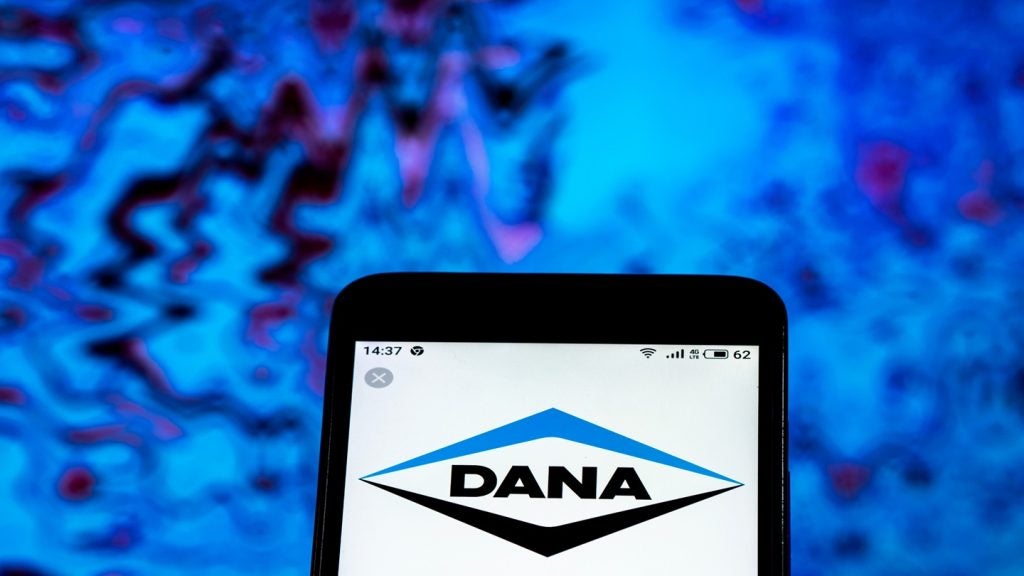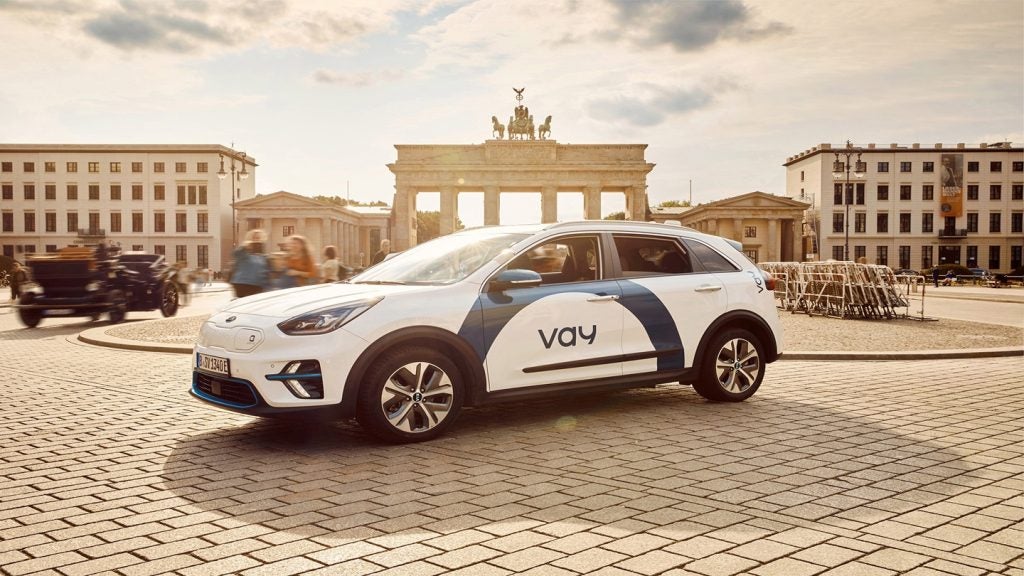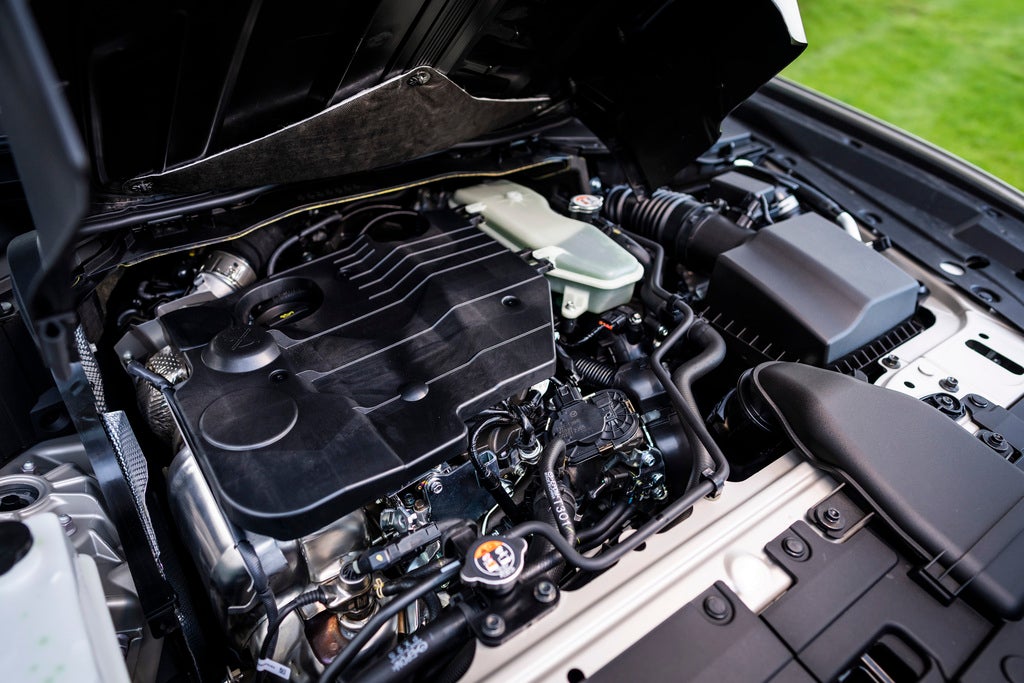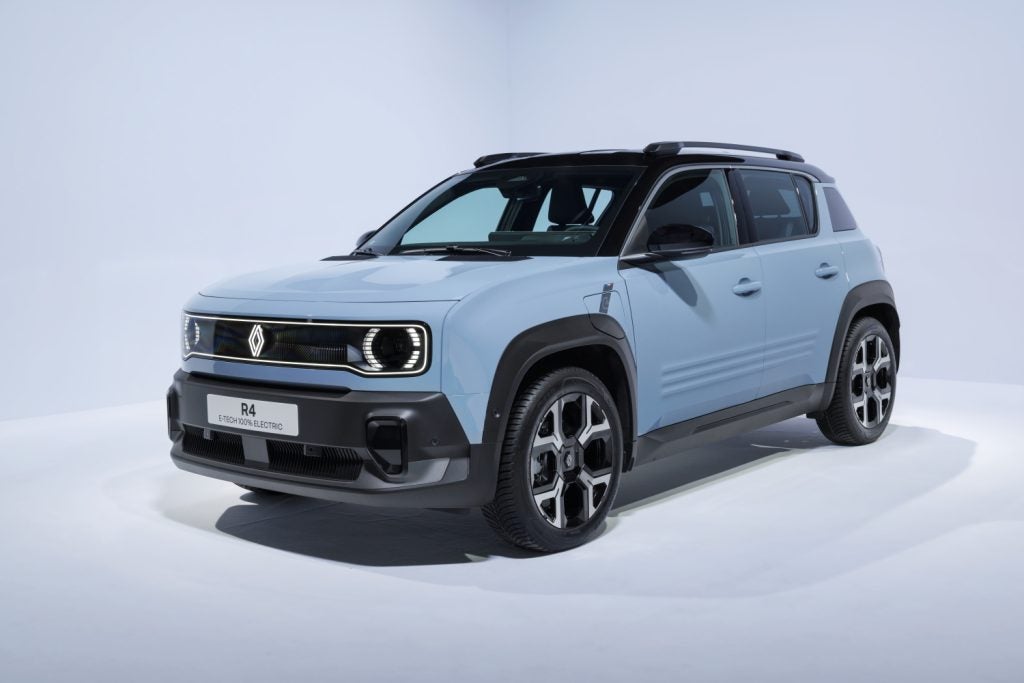
The combination of telecommunications and computing power (telematics) has vast potential for the automotive industry – who regard it as a new way of creating brand differentiation, retaining customer loyalty, and generating a revenue stream. The following summary has been taken from an exclusive new package of reports published by ABOUT Automotive on the global market for multimedia.
Automotive OEMs are outwardly very confident when they discuss the dangers of trading subsidised hardware for future revenue streams. They say that they have learned from the cell-phone providers who were more than happy to give phones away when the average annual phone bill was in excess of $200, but were later burned as the price fell.
It would seem likely however, that the vehicle manufacturers will be far more prone to speculative give-aways than the phone companies ever were.
Reduced cost bases brought about by integration of locations and communications packages, enabled by changes to line-build procedures which will make it more cost-effective to in-build hardware for activation on demand, will allow such promotional activity.
How well do you really know your competitors?
Access the most comprehensive Company Profiles on the market, powered by GlobalData. Save hours of research. Gain competitive edge.

Thank you!
Your download email will arrive shortly
Not ready to buy yet? Download a free sample
We are confident about the unique quality of our Company Profiles. However, we want you to make the most beneficial decision for your business, so we offer a free sample that you can download by submitting the below form
By GlobalDataFor one thing, automotive is an industry that is struggling with overcapacity rather than struggling to keep up with demand. For another, it has always preferred discounts and give-aways to volume reductions. At the start of 2002, average incentives per unit on the slowest-selling US vehicles had reached $3,200. And thirdly, the whole process of reaching the optimal installed customer base is going to take far longer than it did with the phone industry and the pain will be prolonged. If vehicle manufacturers see themselves deriving revenue from the services stream, they will each be very keen to amass the biggest installed user base.
Cell phone sales went from near-zero to 900 million in eleven years and Internet adopters went to 530 million from a standing start by the end of 2001. Because of the longer economic life of a car and its higher capital value, it will be 2017 before the last of the current, unequipped cars comes to the end of its life and 2021 before the last of the unequipped future sales is scrapped.
Indeed the car maker will almost certainly have to invest heavily in feature updates to prevent the loss of customers to another brand?customers who do not yet need a new car but feel that they badly need features such as automatic distance-keeping, traffic management, interactive news and e-mail. The business user?currently the most predictable in the time that he is likely to own the car?may well become the most disloyal in his search for the on-the-move business aid that gives him a professional edge.
Many of the applications of telematics have yet to be conceived. A recent arrival is the insurance companies who believe that they can offer graduated insurance by the mile as a result of being able to study usage patterns. If the car is always driven slowly and smoothly in low-risk areas why not offer a lower rating than to the urban terrorist who always parks up overnight in the badlands.
Manufacturers’ actions
“Electronics already make up 22% of the total value of the average vehicle “ |
Rear seat entertainment is, for the moment, no more than a transfer of the movies and music enjoyed in the living room to the confines of the automobile. Multi-change compact disc players have rapidly moved from units placed in the load-carrying area to become part of the design of fascias. Movies and computer games will become regarded as equally essential in average-price cars.
Digital technology for ordering and downloading entertainment to the car will service the home as well in due course. Those receiving it will demand good design to heighten their enjoyment, in much the same way as long-haul air passengers who now get their own video screen.
In the short term, some vehicle manufacturers are tending to view telematics (vehicle navigation and tracking) as a development that is quite separate from entertainment. The prospect of big development costs is being addressed and car manufacturers have quickly realised that the structure within a vehicle to dispense electronic material can be shared among rivals without damaging the value of a car brand.
Historically, vehicle manufacturers have developed strong alliances with component companies to share the cost and responsibility of producing ABS and other electronic safety systems. Now some of the biggest car groups are prepared to join forces to share the costs and potential of new telematics and entertainment systems.
Ford Motor Company, PSA Peugeot Citroën and Renault Nissan will in 2004 launch Signant, a Brussels-based joint venture to work on shared telematics services and equipment. In-car entertainment and satellite navigation are viewed as two separate issues by Ford.
Auto manufacturers must, with telematics/rear seat entertainment, achieve the customary balance between providing what people want now and planning for the demands likely by 2010. Ford executives talk about providing equipment and services that “people will be able to relate to”.
Wireless application protocol
Wireless application protocol (WAP) is revolutionising the way voice messages, text, music and images can be relayed electronically to people on the move, whether walking or travelling in a vehicle.
Mobile Internet, whether a browser- or WAP-based technology, can be used to provide information and entertainment. For one thing, the display screens can be bigger. It is still too early to forecast its potential, and automakers are still developing systems; development is linked to operating interfaces which will not have a negative impact on safety issues.
 The Fiat Research Centre is examining ways of using WAP with in-car terminals. The Centre’s latest annual report said: “Telematics systems have enormous potential and will play a fundamental role in establishing the competitiveness of vehicles in the future.”
The Fiat Research Centre is examining ways of using WAP with in-car terminals. The Centre’s latest annual report said: “Telematics systems have enormous potential and will play a fundamental role in establishing the competitiveness of vehicles in the future.”
“The new telematic systems which deliver advanced onboard information services and mobility management require wireless communication technologies with ground systems, and also dedicated onboard channels (wireless or optical fibre) for high-speed communications.”
The Centre is already interested in the relationship between telematics and rear seat entertainment and among its projects in 2001 was Comunicar, a multimedia ‘human machine interface’ for telematic functions. Fiat says of Comunicar:
“This is a project aimed at designing and developing a new concept of in-vehicle multimedia human machine interface that will manage incoming messages from advanced driving assistance systems, telematic services, entertainment functions and onboard information.” Comunicar is being tested in a laboratory, on driving simulators and by drivers on public roads.
With five partners, Fiat is working on the Seneca project to develop voice-controlled modules for vehicle entertainment, navigation and communication systems. The modules are navigation, phone, address book, radio, CD changer and cassette player, and the other partners in the work are DaimlerChrysler, Renault, Robert Bosch, TEMIC Telefunken and Motorola.
At its Innovation Seminar at Sindelfingen, near Stuttgart, in June 2002, DaimlerChrysler revealed “The Telematic Horizon”. Dr. Ing. Ralf G Herrtwich, the group’s head of telematics and e-business, research and technology, said the vision of accident-free driving was a further step closer to reality. This aim was based on providing drivers and vehicles with precise information.
Herrtwich said digital road maps installed in cars offered far more opportunities for application than today’s navigation systems would suggest. The market for the systems was booming with almost nine million installed in the world’s cars at the beginning of 2002.
“This may not seem a large number in view of the global vehicle population of 750 million,” said Herrtwich. “But just three years ago, not even four million such units were in use and the annual increment rate currently lies between 30%-35%, with regional fluctuations.”
|
Navigation systems were commonplace in Japanese vehicles because of the difficulty of finding addresses in cities where house numbers were often missing.
Sales in the US, said Herrtwich, amounted to only a quarter of sales in Japan because of geometrical road complexes and the habit among Americans of avoiding unfamiliar territory.
Herrtwich added: “The Europeans have just emerged from the pioneering phase and, in five years’ time according to estimates by market researchers, 20-30 million vehicles will be fitted with navigation systems.” He said the future potential lay in developing the databases of digital maps designed specifically for use with driver assistance systems.
DaimlerChrysler, whose Mercedes-Benz brand claimed to account for approximately 20% of global sales of cars sold with navigation systems in 2001, wants to develop automatic speed limiters. An appropriate speed would be activated at points where travelling faster was likely to cause an accident, such as on some bends.
Automatic restriction of speed when approaching areas of special danger, such as schools and hospitals, is also high on DaimlerChrysler’s agenda. These require joint development programmes with digital cartography companies and local authorities.
Herrtwich said a uniform global navigation and sensor system was essential so that they could react to each other’s presence on the road even if each was out of sight to the other driver. Much more information (including speed limits) was needed on digital maps. Eventually, cars could automatically exchange information and avoid collisions as they approached each other round bends.
The huge implication of this possibility is driving research and development at vehicle builders and their component manufacturer partners. The financial rewards for the successful are potentially vast.
The Visteon Coporation, which became independent from Ford in June 2000, is well positioned by designing, manufacturing and marketing a range of telematics and multimedia products. These range from rear seat entertainment systems to its NavMate navigation system.
The Tokyo-based Kenwood Corporation claims a 15% share of the global car audio market and has been marketing in-car navigation systems since 1992. Visteon and Kenwood are two of the major suppliers bidding for the major contracts of the future. Over the next five years, more partnerships are likely to be formed to establish the framework for a shift of emphasis which, for many drivers, will make the electronic system more important than the car itself.







